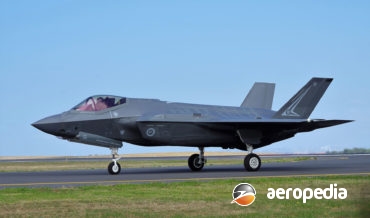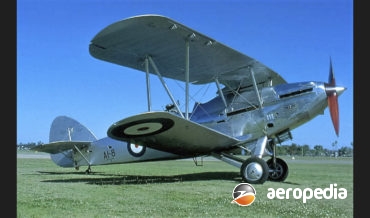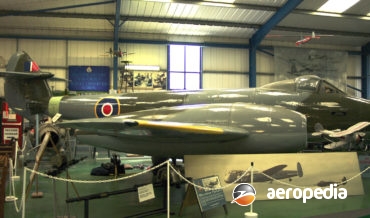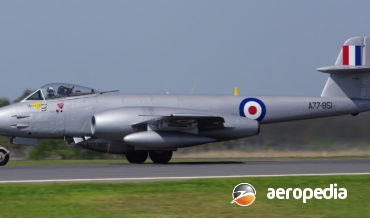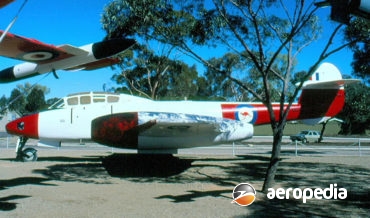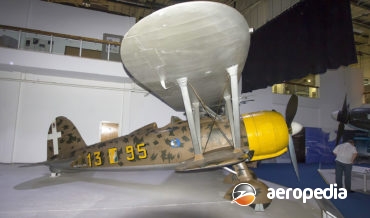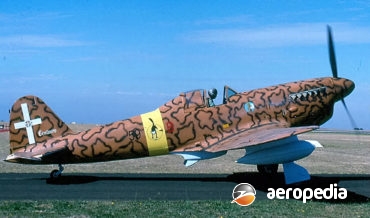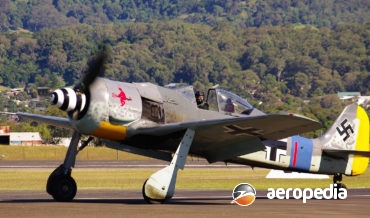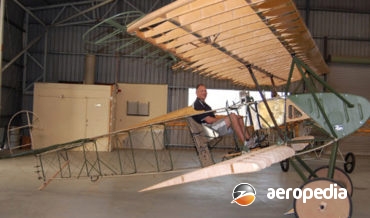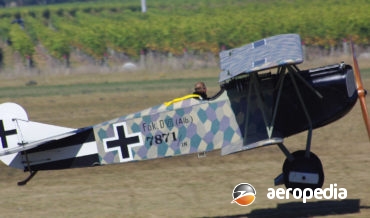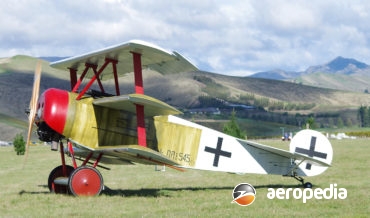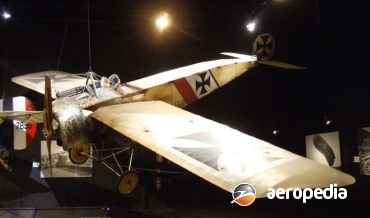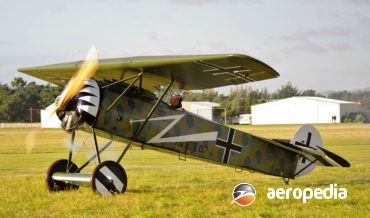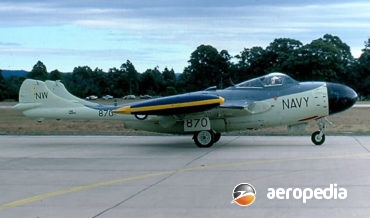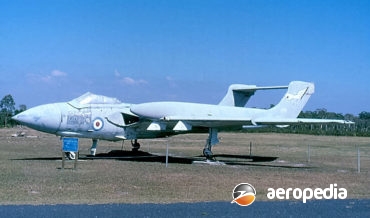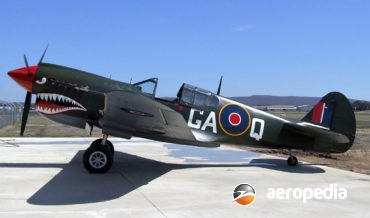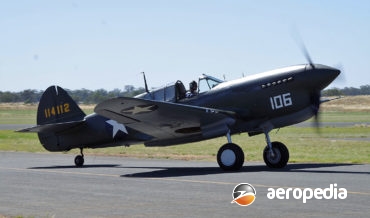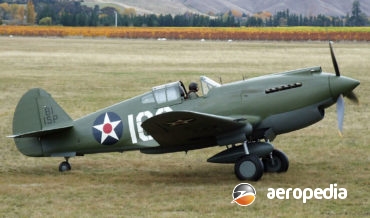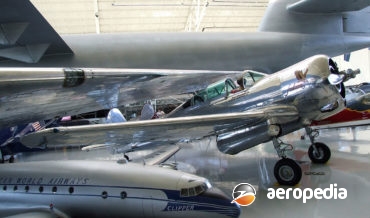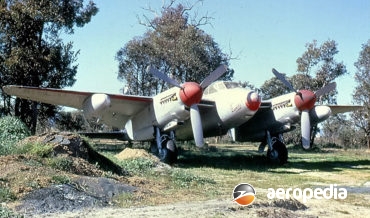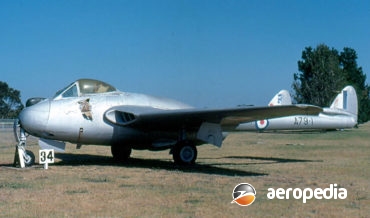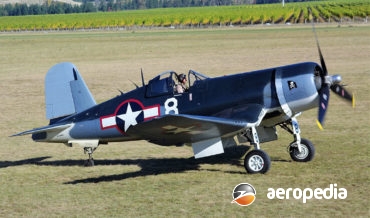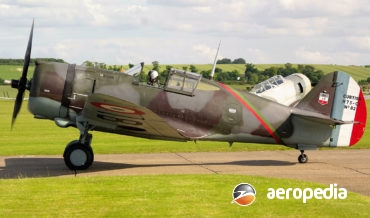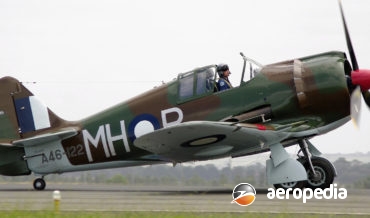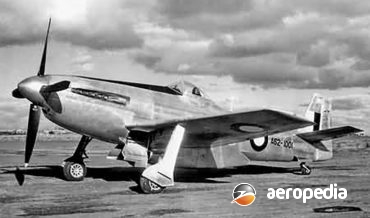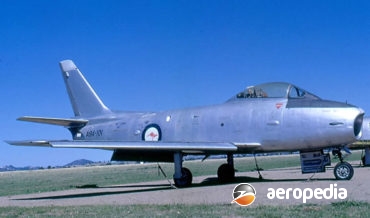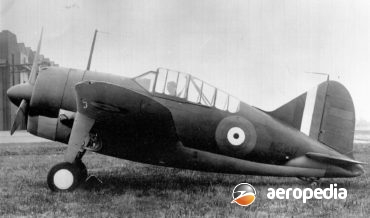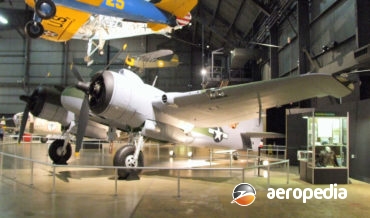All Contents
Contents
The Lockheed Martin F-35 – or the Joint Strike Fighter as it was initially known - represents potentially the single largess and most ambitious military aircraft development for many years and is aimed at providing one aircraft to meet the requirements of a number of military services.
David C. Eyre
- May 19, 2019
In 1916 the Societe Anonyme de Appareils d’Aviation Hanriot built a fighter for operations in World War I, this aircraft, the HD-1, being designed by Emile Dupont and it was the company’s first fighter design.
David C. Eyre
- May 19, 2019
The lack of potent fighter aircraft was evident in the United Kingdom in 1930 when, during exercises, the Hawker Hart bombers of the RAF were too fast for the then RAF fighter aircraft, the Armstrong Whitworth Siskin, to intercept.
David C. Eyre
- May 19, 2019
The Grebe was designed by H P (Harry) Folland for the Gloster Aircraft Company, this company originating in 1917 as the Gloucestershire Aircraft Company which, at a plant near Cheltenham, established itself by building wooden aeroplanes for the RFC, and later the RAF.
David C. Eyre
- May 19, 2019
In 1940 the design staff at Gloster Aircraft commenced design of an operational jet fighter to meet specification F.9/40, the aircraft built being the only Allied jet aircraft to see operational service during World War II. On 7 February 1941 the British Ministry of Aircraft Production placed an order for
David C. Eyre
- May 19, 2019
The prototype of the Gloster Meteor fighter was flown for the first time on 5 March 1943. It was the first jet fighter to enter service with the Allies, and thus the type was in service during the closing stages of the conflict against Germany.
David C. Eyre
- May 19, 2019
In 1948 Armstrong Whitworth re-designed the Gloster Meteor as a two-seat night fighter and in this regard it fitted the Rolls Royce Derwent 8 in the NF-11 and the Derwent 9 in the NF-12 and NF-14.
David C. Eyre
- May 19, 2019
One of the most successful fighter aircraft of World War II, the Hellcat was a development of the Wildcat fitted with a Double Wasp engine providing 1,492 kw (2,000-hp), the prototype, the XF6F-1, flying at Bethpage on 26 June 1942, the second prototype, the XF6F-3 flying six weeks later on
David C. Eyre
- May 19, 2019
The definitive prototype of the Wildcat, known by the manufacturer as the G-36, flew for the first time on 2 September 1937 under the designation XF4F-2.
David C. Eyre
- May 19, 2019
The Halberstadter Flugzeugwerke, formerly the German office of the Bristol & Colonial Aeroplane Company, produced a series of fighter aircraft for the German Airforce prior to and during World War I.
David C. Eyre
- May 19, 2019
Prior to World War I Hannoversche Waggonfabric AG was known for building railway rolling stock for the various railway in Europe, and in 1915 it was directed by the German Government to commence production of aeroplanes for the armed services.
David C. Eyre
- May 19, 2019
The CR.42 was designed by Celestino Rosatelli and was a development of the CR.32 fighter, and the experimental CR.41 of 1936, and was the last single-seat biplane fighter built by any of the combatants for World War II.
David C. Eyre
- May 19, 2019
Late in World War II the Fiat company in Italy designed the G-55 Centauro single-seat fighter powered by the Daimler Benz DB-605 12-cylinder VEE liquid-cooled engine, and this aircraft, although built in relatively small numbers, fought very successfully with the Fascist Republican Airforce.
David C. Eyre
- May 19, 2019
The FW 190 was designed by Kurt Tank, technical director of the Focke Wulf Flugzeugbau, and was one of the most successful fighter aircraft of World War II, commencing life powered by a two-row BMW radial engine, final variants being powered by Junkers Jumo in-line engines.
David C. Eyre
- May 19, 2019
The Fokker D.I and D.IV were developments by Fokker of the M.18 prototype, the D.I being the production variant of the M.18z, the ‘z’ indicating Zweistielig, meaning a two strut or two bay biplane.
David C. Eyre
- May 19, 2019
In January 1918 comparison tests were made by the German Army Air Service to obtain an aeroplane with technical superiority over the enemy.
David C. Eyre
- May 19, 2019
Although one of the most famous aircraft of World War I, the Dr 1 was not in fact one of the great combat aircraft of that era.
David C. Eyre
- May 19, 2019
The E.III was a single-seat fighting scout produced by Fokker to meet the requirements of the German Air Force in World War I.
David C. Eyre
- May 19, 2019
The Fokker D.VIII, initially known as the Fokker E.V, parasol fighter, was designed by Anthony H G Fokker and differed from most designs of the time in being a monoplane.
David C. Eyre
- May 19, 2019
The prototype of the Venom series (VV612) was flown for the first time on 2 September 1949, and subsequently it was built in two main variants, the FB Mk 1 and the FB Mk 4, some 383 and 150 examples of each model respectively being built for the RAF.
David C. Eyre
- May 19, 2019
Flight testing conducted in 1947 with a de Havilland Vampire powered by a Ghost engine in place of the Goblin led to design refinements by de Havilland.
David C. Eyre
- May 19, 2019
Originally designed as a land-based all-weather fighter for the RAF in competition with the Gloster Javelin, the Sea Vixen, or DH-110, was flown in prototype form (WG236) on 26 September 1951, a second aircraft (WG240) joining the test programme on 25 July 1952, both aircraft being built in the Experimental
David C. Eyre
- May 19, 2019
The P-40 series of fighter aircraft commenced with the XP-40 prototype and developed through the P-40C Tomahawk, which was used by the RAAF in the Middle-East campaign, and ultimately to the Kittyhawk.
David C. Eyre
- May 19, 2019
In an attempt to increase the high-altitude performance of the P-40E Kittyhawk, Curtiss undertook the redesign of the aircraft to take a British-built Rolls Royce Merlin 28 engine with a single-stage, two-speed supercharger, and this was installed in a P-40D airframe and flown for the first time as the XP-40F
David C. Eyre
- May 19, 2019
Following the success of the Hawk 75A, in July 1937 Curtiss installed a liquid-cooled Allison V-1710-11 engine with a General Electric turbo-supercharger in a Model 75A, becoming the Model 75I.
David C. Eyre
- May 19, 2019
The CW-21 series was designed and built by the Curtiss Wright Corporation at its St Louis Airplane Division in the 1930s, the first model in the series being the CW-19R, a two-seat general purpose training monoplane powered by a 336 kw (450-hp) Wright R-975-E3 Whirlwind engine.
David C. Eyre
- May 19, 2019
The Mosquito was probably the most versatile aircraft of World War II, being used in all roles from fighter, night fighter, long-range bomber, pathfinder, to photo-reconnaissance etc.
David C. Eyre
- May 19, 2019
The DH.100 Vampire was built as a single-seat, jet-propelled, interceptor and the prototype (LZ548/G) was flown for the first time on 20 September 1943 powered by a de Havilland Goblin turbojet.
David C. Eyre
- May 19, 2019
Following the success of the Mosquito, de Havilland prepared a new design intended to be a long-range medium-altitude single-seat fighter which could also be used as an unarmed photo-reconnaissance aircraft, or as a fighter bomber.
David C. Eyre
- May 19, 2019
The licence-built Canadair Sabre was just one of a number of variants of the popular Sabre series.
David C. Eyre
- May 19, 2019
Acknowledged to be the finest shipboard fighter of World War II, the Corsair was superior in many respects to the Mustang below 6,096 m (20,000 ft), and, although it was designed for shipboard operation, the type was probably operated more frequently from land bases during the war.
David C. Eyre
- May 19, 2019
In the 1920s Curtiss developed a series of biplane fighters, variants of which were built as civil aircraft, including the Conqueror Mailplane, D-12 Mailplane, and the Lindbergh Special built specially for Charles Lindberg.
David C. Eyre
- May 19, 2019
In 1934 Don R Berlin, chief engineer of the Curtiss Airplane Division of the Curtiss Wright Corp, designed an all metal low-wing cantilever monoplane with a retractable undercarriage.
David C. Eyre
- May 19, 2019
The suddenness of the Japanese onslaught at the beginning of the war in the Pacific, the speed at which Japanese forces moved, and the possibility of fighter aircraft not being available from overseas sources, led to the decision to design and build a fighter aircraft as soon as possible to
David C. Eyre
- May 19, 2019
The CA-15 was the second single-seat fighter designed and built in Australia for service in the Pacific Theatre of Operations, the Boomerang being the first.
David C. Eyre
- May 19, 2019
Considered to be the best of the numerous derivatives of the North American F-86F Sabre, the CA-27 Sabre had about 60-percent of its fuselage structure changed due to the installation of a Rolls Royce Avon turbojet in place of the General Electric J-47, the Rolls Royce engine requiring a greater
David C. Eyre
- May 19, 2019
In June 1940 the Australian War Cabinet voted money for the development of an aeroplane for the RAAF which was capable of dive-bombing, torpedo carrying, general bombing and reconnaissance duties.
David C. Eyre
- May 19, 2019
Following the cancellation of the A-12 Avenger II attack aircraft for the US Navy, and the decision by the US to not adapt the F-22 Raptor for carrier operations, it was decided to develop a new variant of the F/A-18 Hornet known as the Super Hornet, this being similar in
David C. Eyre
- May 19, 2019
Commonly known as the Buffalo, the prototype Brewster Model 39, known as the XF2A-1 (Bu No 1451) fitted with a 634 kw (850-hp) Wright R-1820-34 Cyclone engine, flew for the first time on 2 December 1937.
David C. Eyre
- May 19, 2019
The Bristol Type 156 Beaufighter was conceived basically as a fighter variant of the Beaufort bomber.
David C. Eyre
- May 19, 2019
Recent Comments
Archives
Categories
- No categories
Categories
- No categories
Latest Posts
Newsletter

